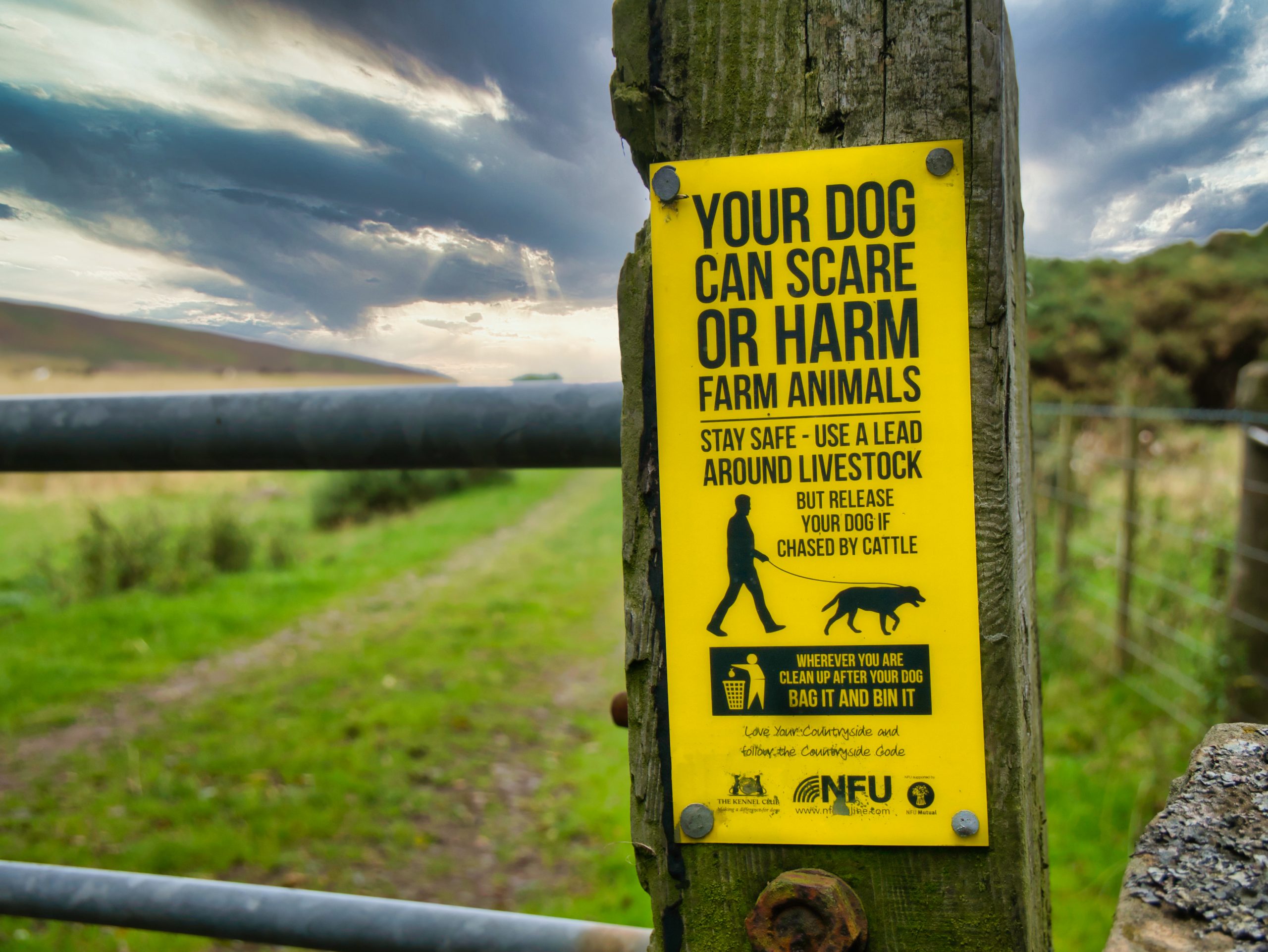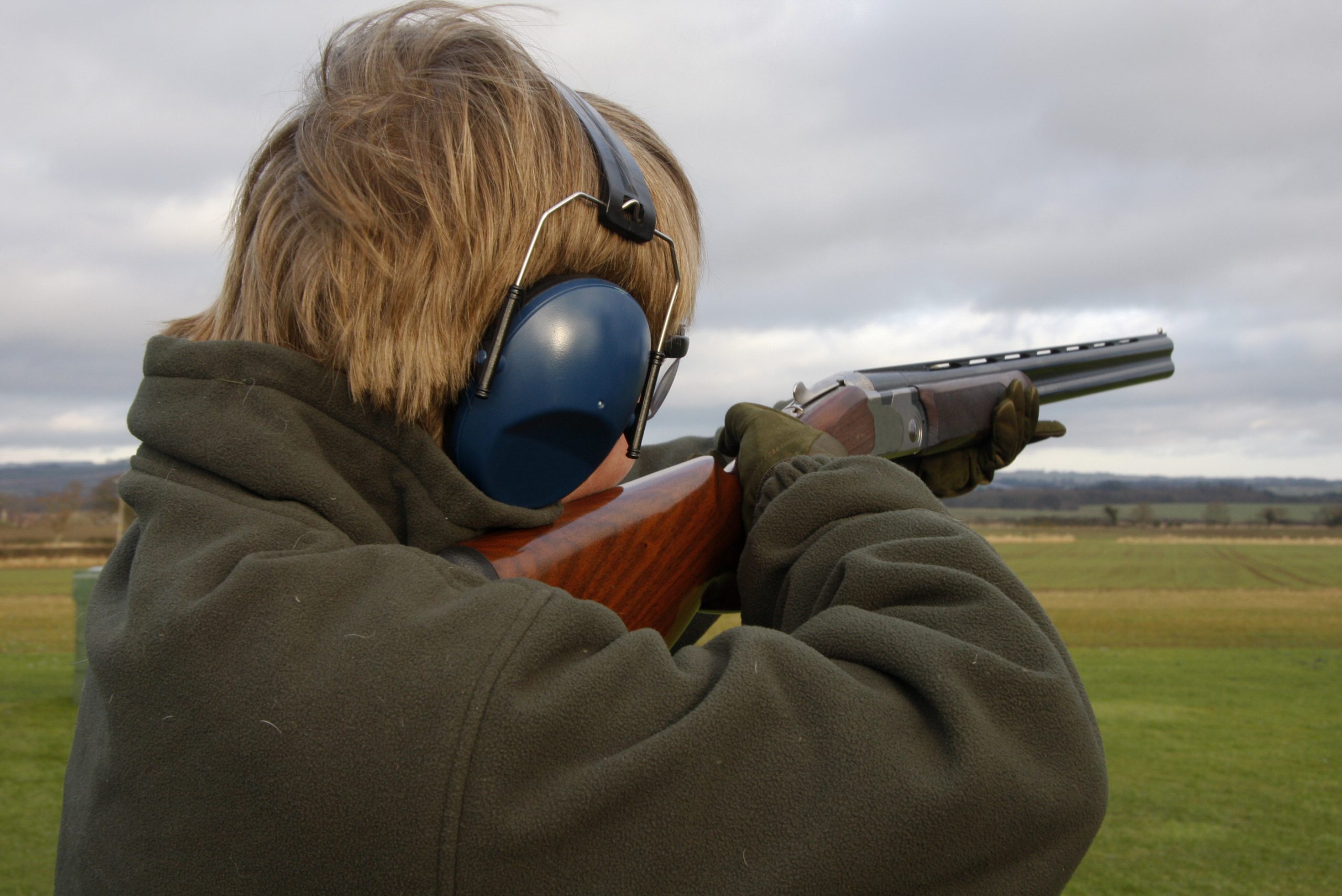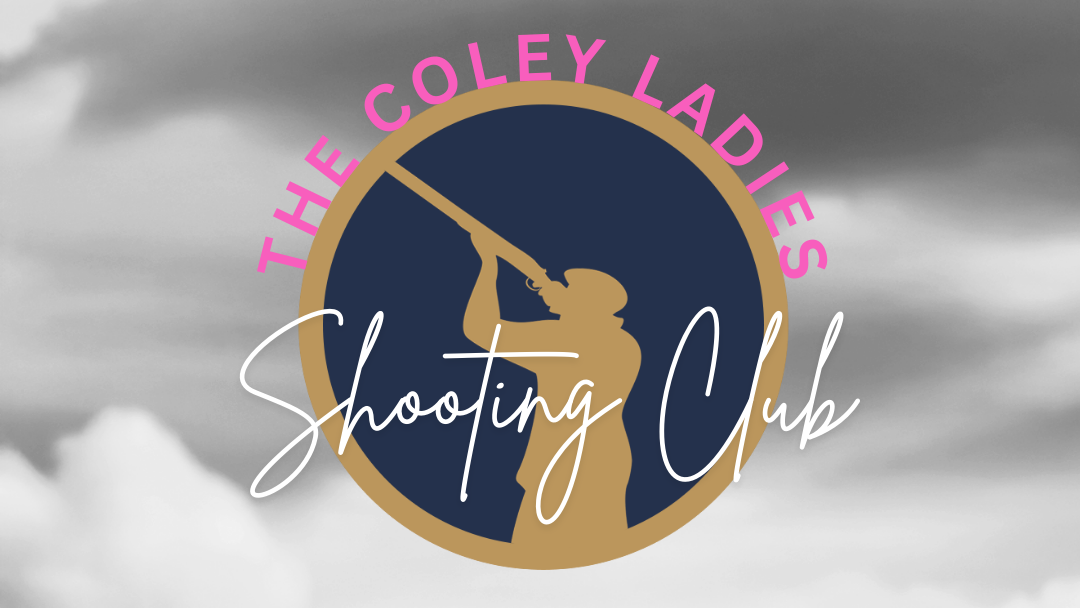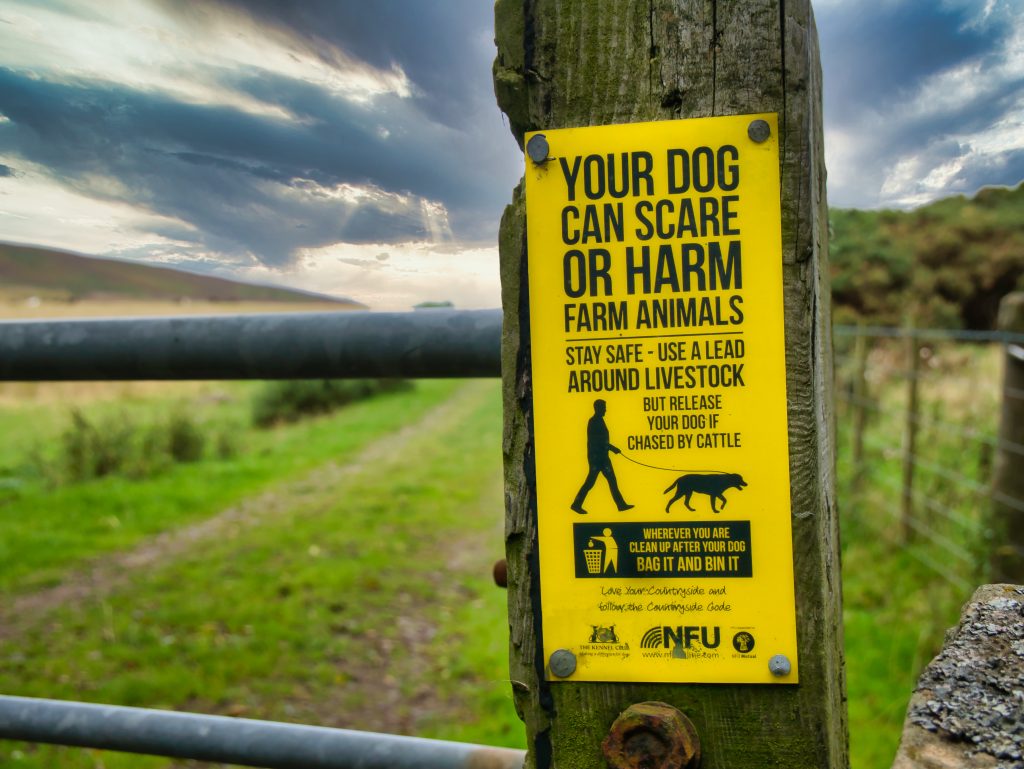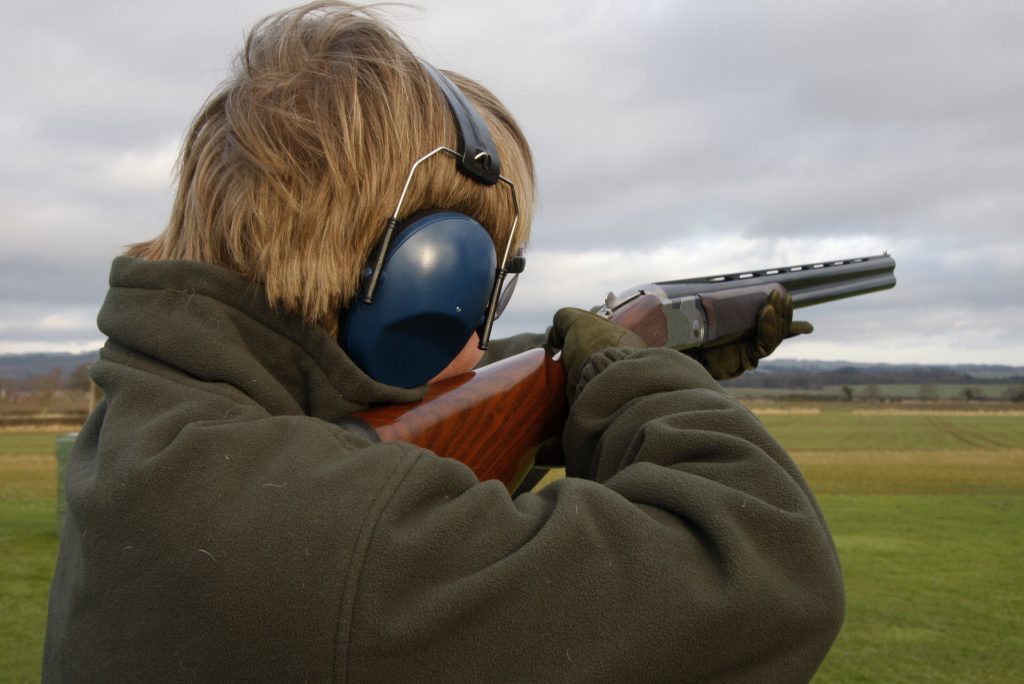Accurate Assessment
Jon Snowdon on the mix of art and science required to accurately survey deer numbers
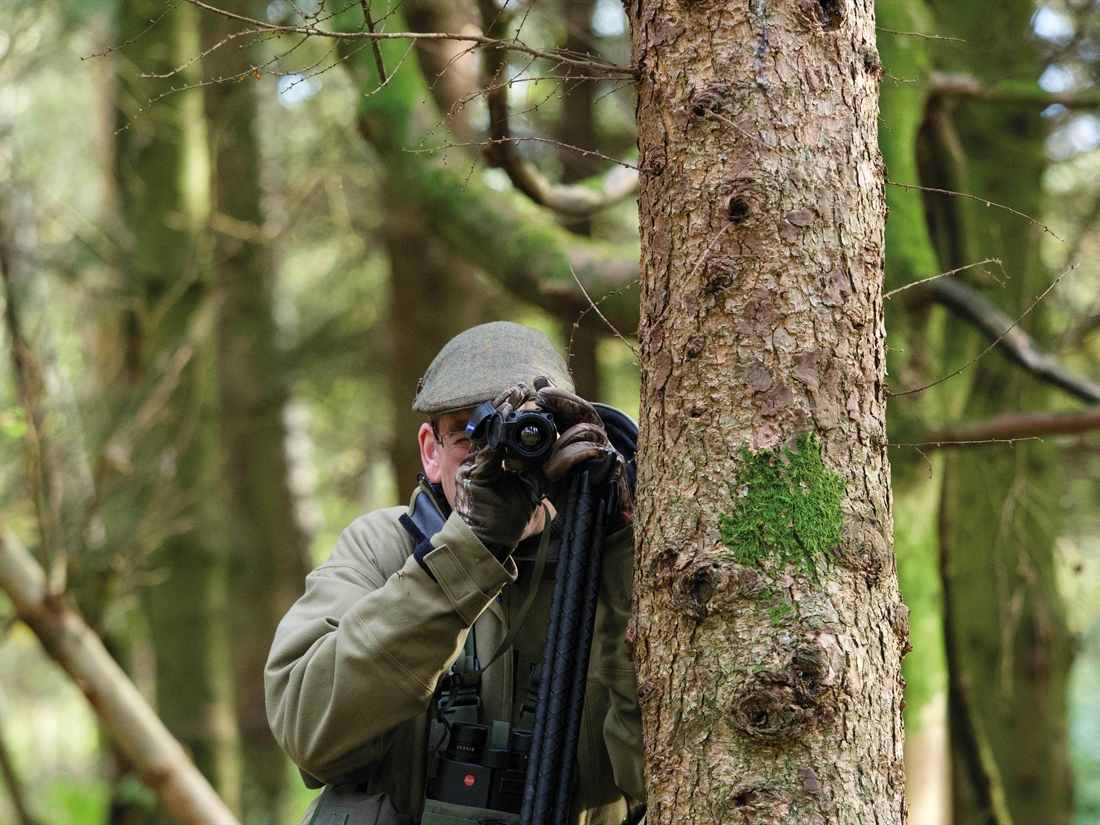
I am often asked by course candidates for advice on how to estimate a deer population. Estimating any population of wildlife is complex but crucial for wildlife management, conservation efforts and understanding the ecological impact of wildlife on their habitat. Get it wrong and it could have a huge detrimental effect on the wildlife we are trying to conserve.
Carrying out surveys at any time of year is problematic because we have to consider that the UK has six species of deer – red, roe fallow, sika, Chinese water deer and muntjac – with red and roe the only true natives. Each of these species has its own impact on the environment and face different challenges.
March heralds the coming of spring in the UK and more accurate assessments are possible because of that change in season. There are seasonal changes to consider when carrying out assessments, as these changes affect the movement of deer. Most deer species are emerging from winter but in some parts of the country, even in March, winter has not ended and that could reduce the effectiveness of any survey. In addition the condition of deer in March does vary and that will have an impact and influence their behaviour and detection.
There are various methods that can be used – often together – in the assessment of deer and their impact.
Direct observation
March is the perfect time to get out and observe deer. The leaves and ground cover have gone and the new growth is just starting to wake up, so sight lines are very good even in forestry.
If we take a look at roe deer, then the birth of kids is just around the corner in May and the current kids are starting to move around a little more independently. They are also bigger, which means they can be seen and identified more accurately. Also by the time March comes around the young and older deer that were weak and unable to survive the winter have gone, so the count could be said to be a more realistic figure than if it were carried out in a different season.
Spotlight counts
These are always conducted at night and are particularly effective for spotting deer, especially on open ground. Deer’s eyes reflect light and greatly aids in counting. It is not totally reliable for separating sexes or determining age.
Technology
Binoculars no longer just enable us to see more clearly. With new technology they can also measure distance, barometric pressure and even where to aim, because the ballistics of the ammunition we use can be programmed in. The other great advance is thermal imaging. Not only do we have handheld imagers but we can also use aerial drones with accurate detailed thermal imaging.
No longer do we have to rely on covering the ground on foot to count deer, because with binos and thermal imagers we can now fly over and record everything that is seen. Zoom lenses can then be put into use to accurately identify the deer we see, even through trees. It is often the case that the deer are not even aware we are there. The huge benefit of this is that we are not counting white backside disappearing into the distance but observing deer behaviour in their natural habitat.
Camera traps can also record data for you when you are not even on the ground.
Indirect methods
Pellet group counts is a method that involves counting deer droppings in a defined area.
Deer defecate at predictable rates depending on the nutrition available and these counts can be used to estimate population density.
This system is insisted upon for some surveys. However, in my experience it is massively inaccurate and outdated and always underestimates the deer population. Against a thermal drone it is like comparing a stone axe with a chain saw.
on the nutrition available and these counts can be used to estimate population density.
This system is insisted upon for some surveys. However, in my experience it is massively inaccurate and outdated and always underestimates the deer population. Against a thermal drone it is like comparing a stone axe with a chain saw.
Damage assessment
This is a reliable way to monitor the damage to the habitat and it comes down to pretty basic assumptions. The assessor does have to understand what animal caused the damage, but once that is confirmed to be deer then in various species, sex ratio and even the immigration and emigration of deer.
Combining all the data from surveys of deer populations in relation to features of the landscape can be invaluable to understanding the movement patterns and habitat preference of different species.
Each of the methods described above has its strengths and limitations. For example direct observation is very straightforward but can be time consuming and less effective in some habitats, especially dense forestry. The indirect methods such as pellet group counts do not rely on actually seeing the deer and require assumptions to be made. Camera traps do provide very accurate data but can be costly and require considerable effort to maintain.
In practice a combination of methods is often used to gather more comprehensive and accurate assessments. The choice depends on factors such as terrain, density of deer population and available resources. The methods chosen depend on the objectives and aims of the assessment.
By employing these diverse methods wildlife managers and conservationists in the UK can gain a more detailed understanding of populations, which is essential for making informed decisions about management and habitat conservation, and aid in achieving the balance we aim for in the ecosystem.
Our methods at Greenlee rely on annual damage assessment, direct observation of deer and the signs they leave, drone surveys and recording sightings on every outing.
In combination, this data enables us to determine current trends in the population.
The more data we collect, which is no hardship using the Wild Track Pro system, gives us a much clearer picture of what is happening on the ground on a weekly and often daily basis.

